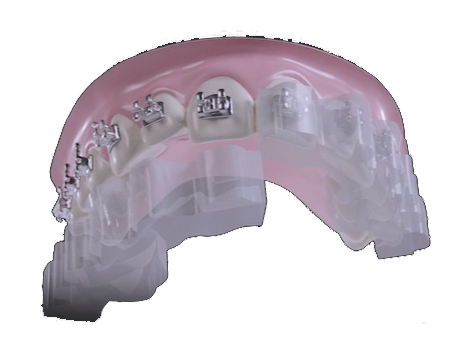Indirect Bonding
As technology improves, orthodontists keep coming up with ways to improve the services they offer to their patients. The goal is not only to provide world-class care but to ensure each patient has a rewarding orthodontic journey as well. This is what led to the development of techniques like indirect bonding. Here’s what you need to know about indirect bonding.
What is Indirect Bonding?
The first step in understanding indirect bonding is knowing how direct bonding works. In the past, most orthodontists used to attach braces to each individual tooth. This would help ensure that the brackets are in the proper position. Due to the accuracy required, this technique resulted in meticulous, long, painstaking sessions. It also took great skill to ensure no errors or miscalculations, often leading to frequent adjustments and longer treatment times.
On the other hand, the technique of indirect bonding is less dependent on the orthodontist’s skill and accuracy. Instead, it employs cutting-edge software to identify the ideal digital position for each bracket. This process involves the creation of a digital dental mold that can then be studied to identify the perfect position and angles of brackets. Before installation, the orthodontists will have a digital preview of the placements, which includes 3D animations and pictures. They will also be able to show you the predicted outcomes and how your teeth are likely to move during the treatment period.
What are the Advantages of Indirect Bonding?
Here’s why indirect bonding is better than traditional methods.
Increased Accuracy
This is the most obvious benefit of indirect bonding. While the effectiveness and outcome of direct bonding are dependent on the skill of the orthodontist, indirect bonding eliminates room for error by using software. The orthodontist is able to see the expected outcome not only for bonding but for treatment as well.
Quicker Installation
Direct bracket placement is a time-consuming process. The orthodontist has to be careful to place each bracket correctly. Any error during this process will result in them repeating the same stages until they get it right. Once the calculations are complete, the brackets will be placed on a model and lined with a flexible material that creates a tray. The brackets are then transferred to your teeth all at once instead of being attached individually. This not only guarantees proper bracket placement on every tooth, but it also means less time is spent in the chair.
Better Treatment Outcomes
The higher levels of accuracy mean that the orthodontist starts in the right direction from day one. And because the treatment is executed correctly, your teeth will move more accurately, allowing for a faster and smoother orthodontic treatment journey. The combined advantages of indirect bonding increase your overall satisfaction with the entire process. This is why the majority of orthodontists have adopted this
method. It reduces discomfort and offers superior results compared to traditional techniques.








